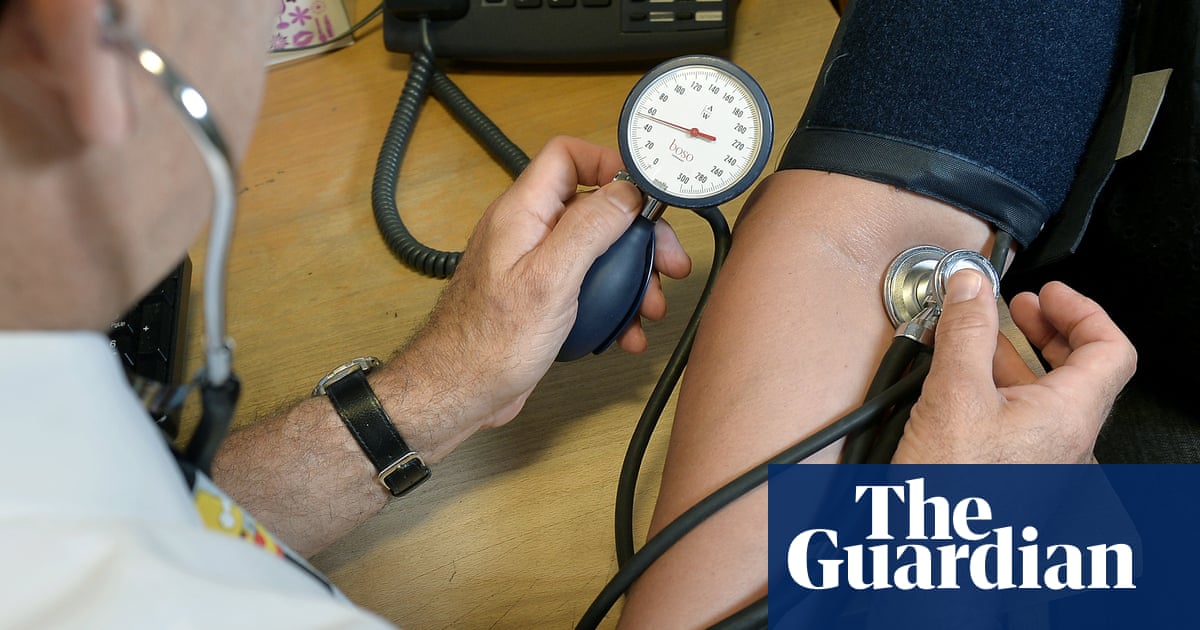Women, people from minority ethnic backgrounds, and those living in the most deprived areas of England are less likely to receive treatment after a diagnosis of a deadly heart disease, according to one of the largest studies of its kind.
Researchers at the University of Leicester analysed data from almost 155,000 people diagnosed with aortic stenosis – a narrowing of the valve between the heart’s main pumping chamber and the main artery – between 2000 and 2022 across England, from a database of anonymised GP records.
The study found that patients living in the most deprived areas were 7% less likely to be referred for secondary care after their diagnosis compared with patients in the least deprived areas, and 4% less likely to undergo a procedure to replace their aortic valve.
The analysis, funded by the National Institute forHealthand Care Research (NIHR) and presented at the British Cardiovascular Society conference in Manchester, also found that women were 11% less likely to be referred to secondary care, such as a hospital specialist, after their diagnosis than men. Women were also 39% less likely to have a procedure to replace their aortic valve.
Aortic stenosis is a condition where the aortic valve, which controls blood moving from the heart to the body, starts restricting blood flow. This causes it to become narrow, resulting in symptoms such as shortness of breath and chest pain.
The study also found that black patients were 48% less likely to undergo a procedure to replace their aortic valve than white patients, with south Asian patients being 27% less likely. Both groups were more likely to be referred to secondary care, although the researchers say that this could reflect referrals for other heart issues not related to their aortic stenosis.
Dr Anvesha Singh, an associate professor at the University of Leicester and a consultant cardiologist, who was involved in the research, said: “Previous studies have shown lower rates of valve replacement in women, and clinicians had assumed that women were less likely to be diagnosed with aortic stenosis. This analysis using large, real-world data clearly shows that this is not the case, giving us the clearest picture yet of what is happening in day-to-day clinical practice.
“Our study highlights potential inequities in management and care of this common and serious condition. More research is needed to understand the reasons for this and the true prevalence of aortic stenosis in different groups.”
Dr Sonya Babu-Narayan, the clinical director at the British Heart Foundation – which supported the research – and a consultant cardiologist, said: “This study of over 150,000 GP records has unveiled disparities in access to aortic valve treatment for women, south Asian and black people, and people living in more deprived communities.
Sign up toFirst Edition
Our morning email breaks down the key stories of the day, telling you what’s happening and why it matters
after newsletter promotion
“We don’t yet have the full picture, but these findings are concerning, and we need more research to understand what is driving the differences seen. This will be crucial to enable action to address any underlying causes stopping some people from having access to the heart valve treatment and care they need when they need it.”
